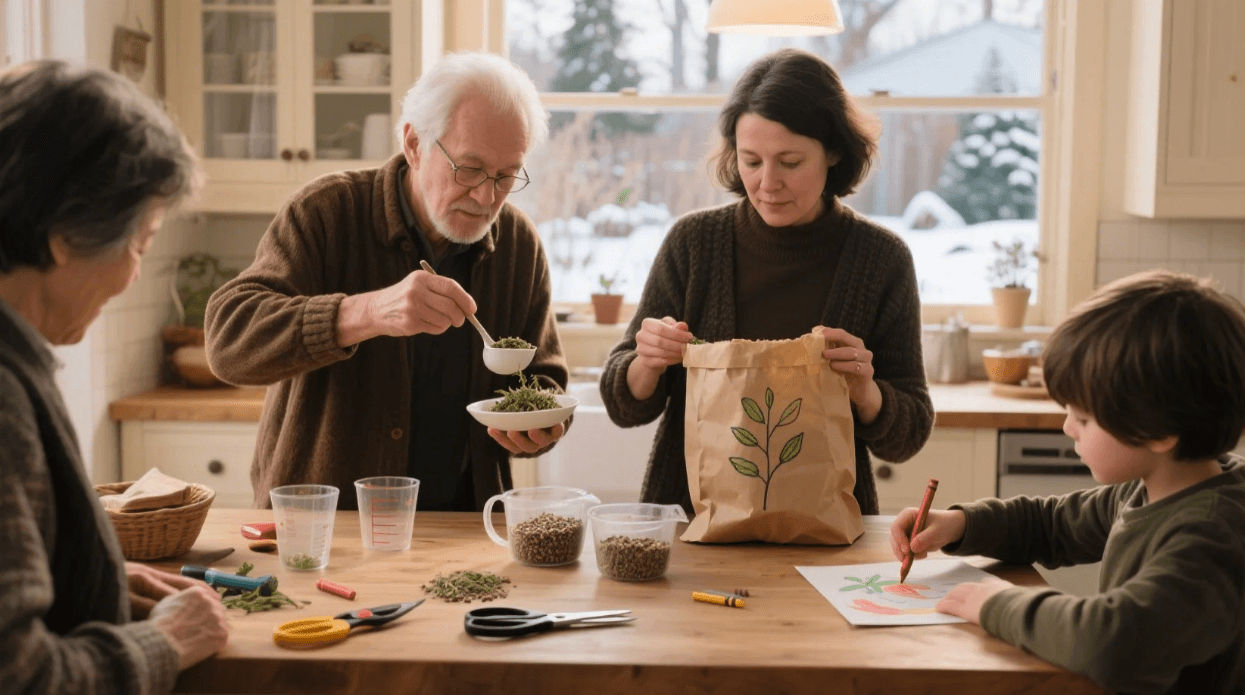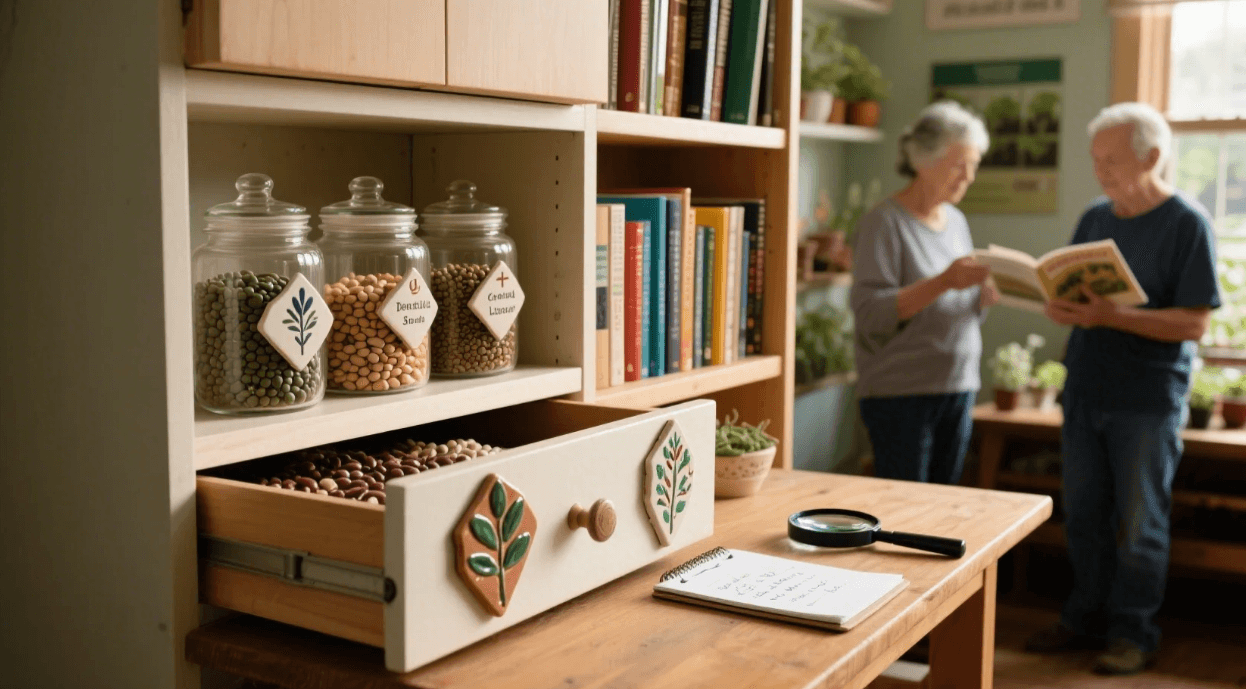How to Start a Neighborhood Seed Swap (Free Signup Sheet Template)
Imagine walking down your street and seeing gardens bursting with heirloom tomatoes, rare peppers, and vibrant flowers - all grown from seeds your neighbors shared. Seed swaps transform communities by creating free access to diverse plants, strengthening local food security, and building gardening friendships.
According to a 2023 USDA report, neighborhood seed exchanges have grown 300% since 2020 as more people discover their benefits:
✅ Save money - No need to buy new seed packets every season
✅ Preserve rare varieties - Swap heirlooms that aren't sold commercially
✅ Grow better adapted plants - Local seeds acclimate to your microclimate
✅ Reduce waste - Share leftover seeds instead of throwing them out
Case Study: Portland's Cully Neighborhood Seed Library now distributes over 5,000 seed packets annually through a simple porch pickup system created by retired teacher Marta Gonzalez.
Step 1: Find Your Seed Swap Community
Online Options
- Nextdoor/Facebook groups (search "[Your City] Garden Exchange")
- Meetup.com (start a "Seed Savers" group)
- Free classifieds (Craigslist Community section)
In-Person Locations
- Library community boards
- Farmers markets (ask organizers about space)
- Community gardens (perfect built-in audience)
Regional Tip: In colder climates (Minnesota, Canada), schedule swaps for late winter when gardeners are planning spring planting. In warmer zones (Florida, Texas), host quarterly swaps year-round.
Step 2: Organize Your First Event
Location Ideas
- Porch/Driveway (keep it simple for your first time)
- Park picnic shelter (check permit requirements)
- Library meeting room (often free for community groups)
Essential Supplies
- Small envelopes or paper bags for seeds
- Permanent markers for labeling
- Printed seed information sheets
- Free Signup Sheet Template [Download Here]
- Folding table (or two saw horses with plywood)
Personal Recommendation: I use coin envelopes from office supply stores - they're the perfect size for seeds and cost just $8 per 100.
Step 3: Seed Collection & Preparation
What to Include
- Vegetables: Tomatoes, beans, lettuce varieties
- Flowers: Zinnias, sunflowers, native wildflowers
- Herbs: Basil, cilantro, dill
- Local specialties: Ask neighbors for regionally adapted varieties
Proper Packaging
- Dry seeds completely (prevent mold)
- Label with:Plant type/varietyCollection yearSpecial growing notes
- Divide into small portions (10-20 seeds per packet)
Case Study: Seattle gardener Jamal increased participation by 40% after creating colorful, illustrated seed packets from recycled paper.
Step 4: Running the Swap Event
Suggested Schedule
10:00 AM - Setup tables by category (veggies, flowers, etc.)
10:30 AM - Brief welcome & swap rules explanation
11:00 AM - Open trading (consider a "freebies" table for beginners)
12:30 PM - Potluck lunch with seed stories
1:30 PM - Cleanup and plan next event
Swap Etiquette Guidelines
- No requirement to "give to take" (encourage newcomers)
- Limit rare varieties to 1 packet per person
- Share growing tips with your seeds
- Label clearly if seeds are hybrids vs. heirlooms
Regional Variation: In urban areas, emphasize container-growing varieties. In rural swaps, include more field crops like corn or squash.
Step 5: Keeping the Momentum Going
Ongoing Engagement Ideas
- Seed saving workshops (teach tomato seed fermentation)
- Plant swap add-ons (exchange seedlings in spring)
- Garden tour series (visit participants' gardens)
- Seed library (create a permanent exchange location)
Digital Tools
- Shared Google Sheet for inventory
- Instagram account to showcase plants grown from swapped seeds
- Simple website with planting guides (use free WordPress)
Personal Pick: I created a neighborhood seed map showing which varieties grow best on different blocks based on sun exposure.
Free Resources
Download our ready-to-use templates:
- [Seed Swap Signup Sheet]
- [Seed Packet Labels]
- [Event Flyer Template]
Sources:
- USDA: Community Seed Program Growth Report (2023)
- RHS: Seed Saving Guidelines (2023)
- Journal of Agricultural Science: Benefits of Local Seed Adaptation (2022)
Start small, think big, and watch your neighborhood blossom - one seed at a time! 🌱🏡
Andrew
|
2025.04.23






